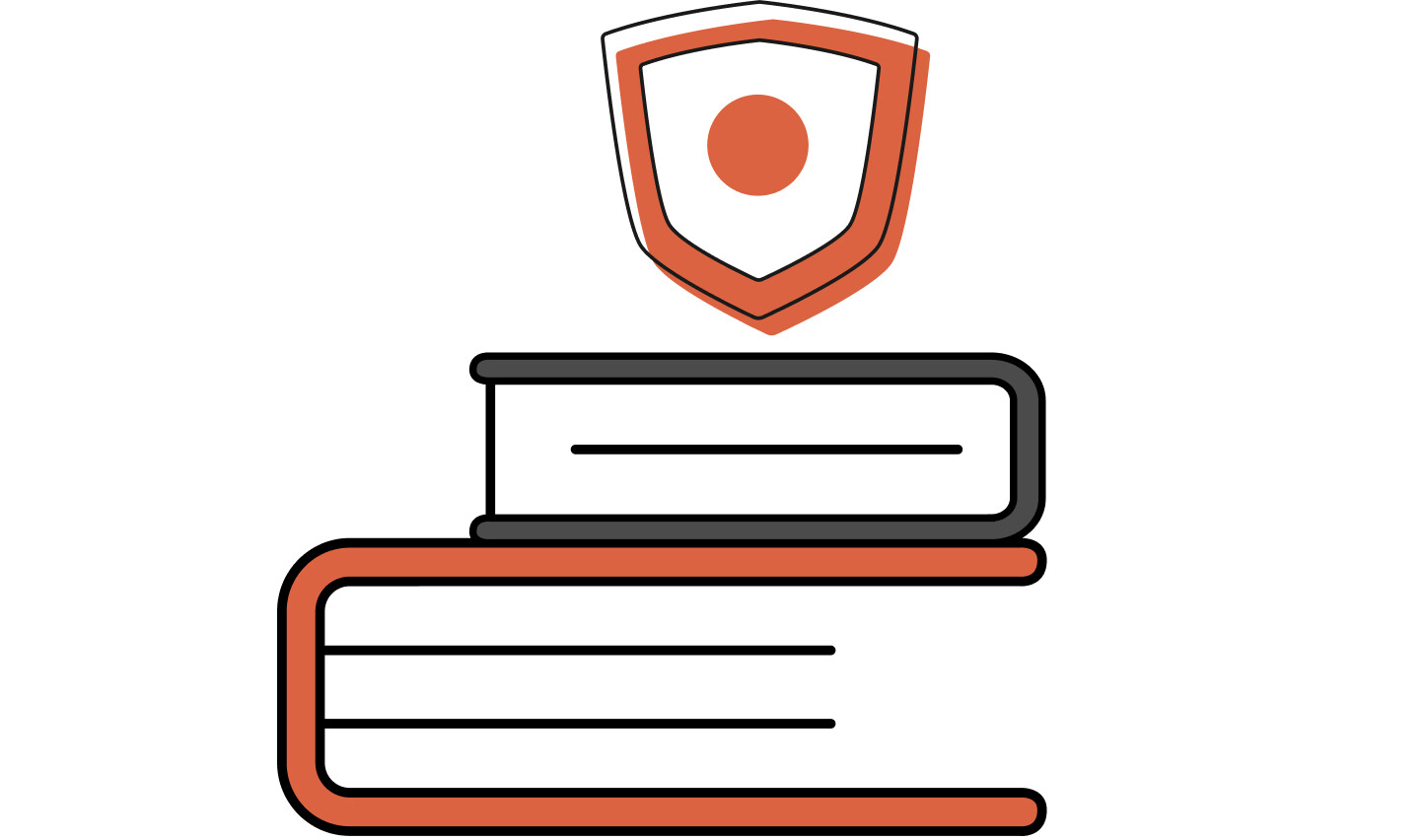Keys to a Well-Defined
Personal Data
Protection Policy
Legal Compliance
Many jurisdictions have enacted data protection laws, such as the Australian Privacy Act / Australian Privacy Principles (APPs) and the EU General Data Protection Regulation (GDPR).
A personal data protection policy helps ensure that an organisation’s data handling practices comply with applicable legal requirements, mitigating the risk of fines and legal action.
Trust and Reputation
Customers, employees, and partners expect their personal information to be treated with care and respect.
By demonstrating a commitment to data privacy through a transparent and comprehensive policy, businesses can build trust, enhance their reputation, and foster long-term relationships with their stakeholders.
Data Breach Prevention
A personal data protection policy establishes clear guidelines and procedures for safeguarding personal and consumer data, reducing the likelihood of data breaches caused by human error, negligence, or malicious acts.
Emphasising data security as a critical measure for protecting consumer data against unauthorised access is essential. By implementing strong access controls, encryption and other security measures, organisations can minimise the risk of unauthorised disclosure or misuse of sensitive information.
Recognising and taking proactive steps to mitigate potential data breaches is crucial in safeguarding Personally Identifiable Information (PII) and maintaining consumer trust.
Incident Response
In the event of a data breach, having a well-defined personal data protection policy and an accompanying incident response plan can help organisations quickly and effectively contain the breach, notify affected individuals, and take corrective action.
Swift and appropriate response can help limit the damage to individuals and the company’s reputation.
Employee Awareness and Accountability
A personal data protection policy serves as a training and reference tool for employees, educating them about their obligations in handling personal data and the consequences of non-compliance.
By fostering a culture of privacy and security, businesses can reduce the risk of insider threats and ensure that all staff members are working together to protect sensitive information.






